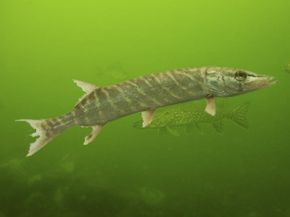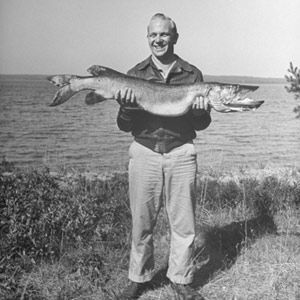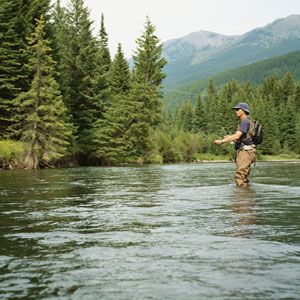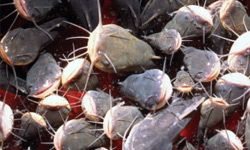A great way to find a giant conglomeration of fish is to seek out their spawning grounds. At the first signs of spring all across the United States, fish begin migrating toward their favorite reproductive spots. The key is to be ready when they are. So you want to find muskie? Let's go.
Muskie spawn just a few weeks later than their cousins -- northern pike -- but in much the same way. Male muskie arrives in favored spawning waters before the females, and the females leave as soon as they deposit their eggs. But unlike newly-hatched pike, muskie fry don't attach to vegetation for support. Instead, they fall to the bottom of the spawning area.
Advertisement
Spawning generally lasts up to 10 days, during which a 40-pound (a little more than 18-kilogram) female muskie can release anywhere from 18,000 to 200,000 eggs. Males swim beside a female while releasing their seminal fluid, or milt. Some muskies have a second spawn that occurs about 14 days after the first [sources: Muskie411, TWRA].
Any spawn can be fascinating, and muskies are no exception. In this article, we'll discuss when and where the muskie spawn takes place, along with how to take advantage of this prime fishing time.
Advertisement



